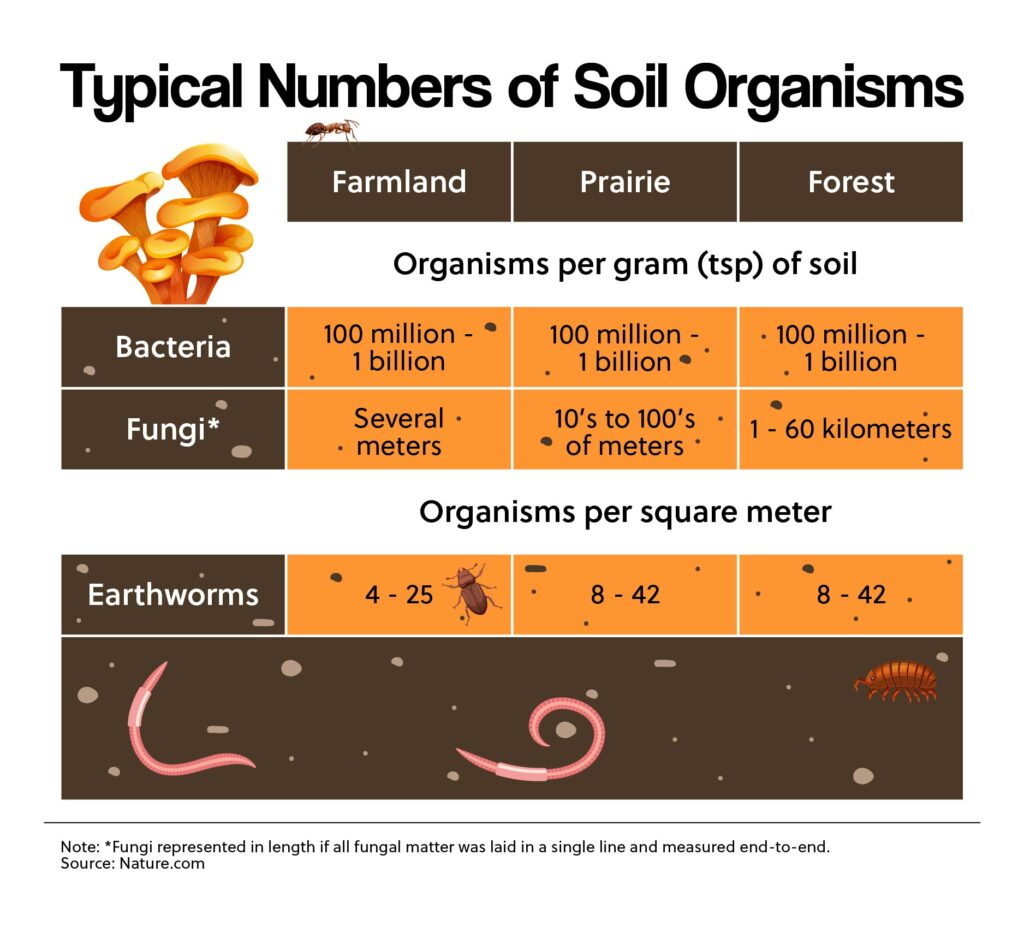Study: World's Most Diverse Biome Is Underfoot
August 15, 2023

Scientists looking for the most diverse ecosystem on the planet would do well to dig a little deeper. That’s because as many as two-thirds of all species of living things on our planet live in the soil under our feet. That's according to a new study.
Ecologists in Switzerland teamed up for the study. They used dozens of existing studies to compile their findings. Their work was published this month in the journal Proceedings of the National Academy of Sciences. In total, they discovered that 90% of fungi live in the world's dirt. So do 85% of plants and over 50% of bacteria. One family of worms, enchytraeidae, is almost entirely below ground. 97% of the species lives there, in fact. Mammals, at 3%, are the least likely to live underground.
“Here, we show that soil is likely home to 59% of life,” Dr. Mark Anthony wrote in the paper. That makes it "the singular most biodiverse habitat on Earth."
A single teaspoon of soil can contain over 1 billion bacteria. It can also host enough fungus to stretch a full kilometer. That makes it hard to accurately gauge just how much life exists below our feet, experts say. But what is clear is the importance of saving the ecosystem of Earth’s crust, Anthony argues.
"Soils are under enormous pressure," Anthony notes. "Our study shows that the diversity in soils is great and correspondingly important."
Reflect: How might the world beneath our feet, full of bacteria, fungi, and worms, be connected to the health of the entire planet?





